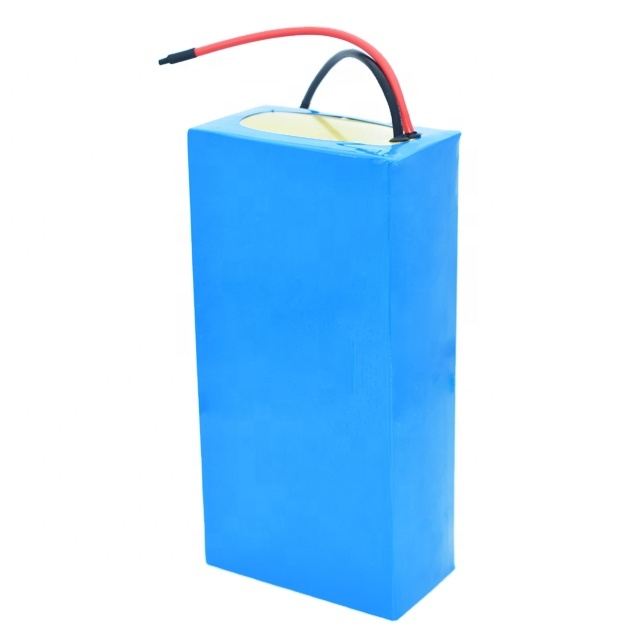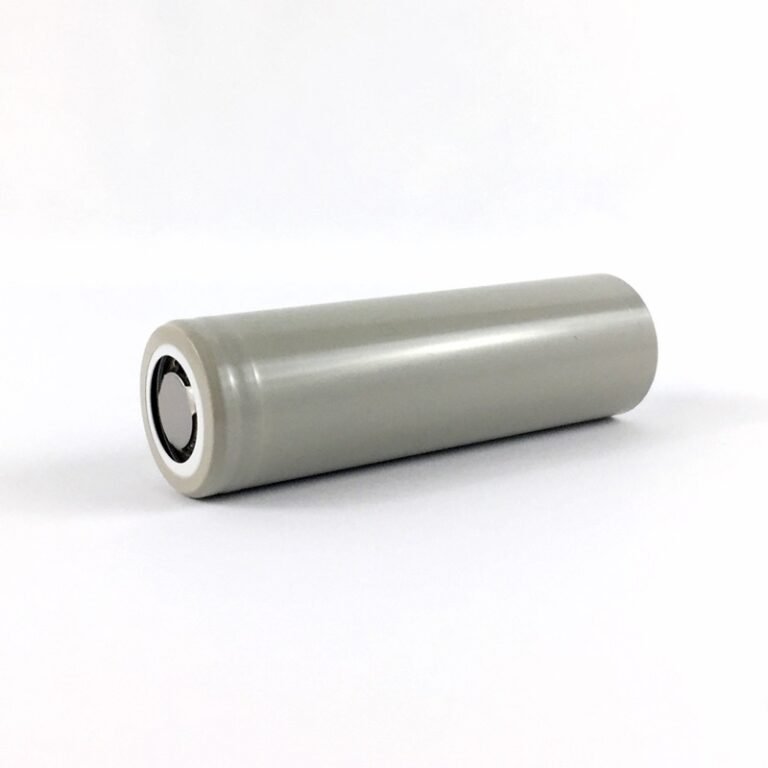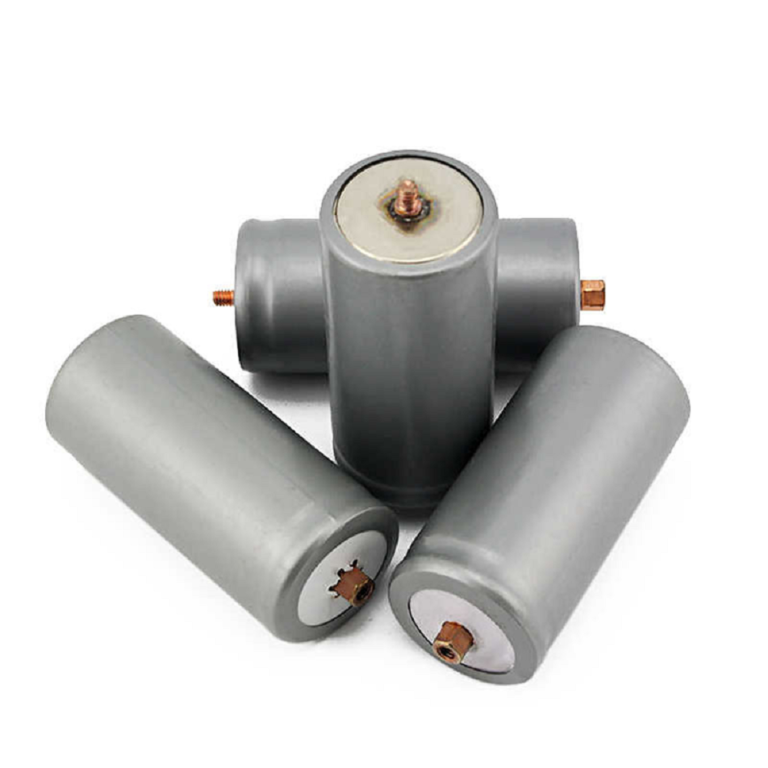Lithium-ion batteries have revolutionized the way we use portable electronic devices and electric vehicles. However, the ever-increasing demand for higher energy densities, longer cycle lives, and safer batteries has pushed researchers to look for new materials and technologies. In this article, we discuss the recent breakthroughs in high energy density polymer lithium-ion batteries.
Background
Lithium-ion batteries typically consist of a cathode, an anode, a separator, and an electrolyte. The cathode is usually made of metal oxides such as cobalt, nickel, and manganese. The anode is typically made of graphite. The separator is a thin, porous membrane that prevents the cathode and anode from touching, while allowing the flow of lithium ions. The electrolyte is a liquid or gel that allows the flow of lithium ions between the cathode and anode.
Polymer Lithium-ion Batteries
Polymer lithium-ion batteries use a polymer electrolyte instead of a liquid or gel electrolyte. The polymer electrolyte is a solid material that can conduct lithium ions. Polymer lithium-ion batteries have several advantages over traditional lithium-ion batteries. They are safer because there is no risk of leakage or fire. They can be made in thin, flexible shapes, making them suitable for wearable electronics and other applications. They also have higher energy densities because the solid electrolyte can be made thinner than a liquid or gel electrolyte.
High Energy Density Polymer Lithium-ion Batteries
Recent research has focused on developing high energy density polymer lithium-ion batteries. One approach is to use a high voltage cathode material such as lithium cobalt oxide (LCO) or lithium nickel cobalt aluminum oxide (NCA). However, these materials have safety concerns because they can undergo thermal runaway at high temperatures. Another approach is to use a high capacity anode material such as silicon or lithium titanate (LTO). However, these materials have low energy densities.
A new approach is to use a polymer electrolyte with a high ionic conductivity and a high decomposition voltage. This allows the use of a high voltage cathode material such as LCO or NCA without the risk of thermal runaway. It also allows the use of a high capacity anode material such as silicon or LTO with a high energy density. This approach has led to the development of high energy density polymer lithium-ion batteries with energy densities of over 400 Wh/kg.
Applications
High energy density polymer lithium-ion batteries have the potential to revolutionize several industries. In the consumer electronics industry, they can be used to make thinner, lighter, and longer-lasting devices. In the automotive industry, they can be used to make electric vehicles with longer ranges and shorter charging times. In the renewable energy industry, they can be used to store energy from solar panels and wind turbines.
Conclusion
High energy density polymer lithium-ion batteries are a significant breakthrough in battery technology. They offer higher energy densities, longer cycle lives, and safer batteries than traditional lithium-ion batteries. The development of high ionic conductivity and high decomposition voltage polymer electrolytes has enabled the use of high voltage cathode materials and high capacity anode materials, leading to energy densities of over 400 Wh/kg. The potential applications of high energy density polymer lithium-ion batteries are numerous and exciting, and they will undoubtedly play a significant role in shaping our future.
Related Products
-
Rechargeable Lithium Polymer Battery Pack 7.4V 3000mAh–5000mAh Lipo 2S for Heated Clothing, Jacket, Gloves, Vest, Socks
-
ECG-300G Rechargeable Lithium Polymer Battery Soft Pack 7.4V 3500mAh Lipo for Medical Instruments & Electrocardiograph
-
Rechargeable Li-Polymer Battery Lipo 403040/503040/803040/103040 450mAh–1200mAh for Beauty Devices, GPS Tracker, Heated Clothes
-
Ultra Thin Curved Lithium Polymer Battery 10mAh–40mAh Flexible Customized Lipo for Smart Wear, Watch, Wearable Bracelets





